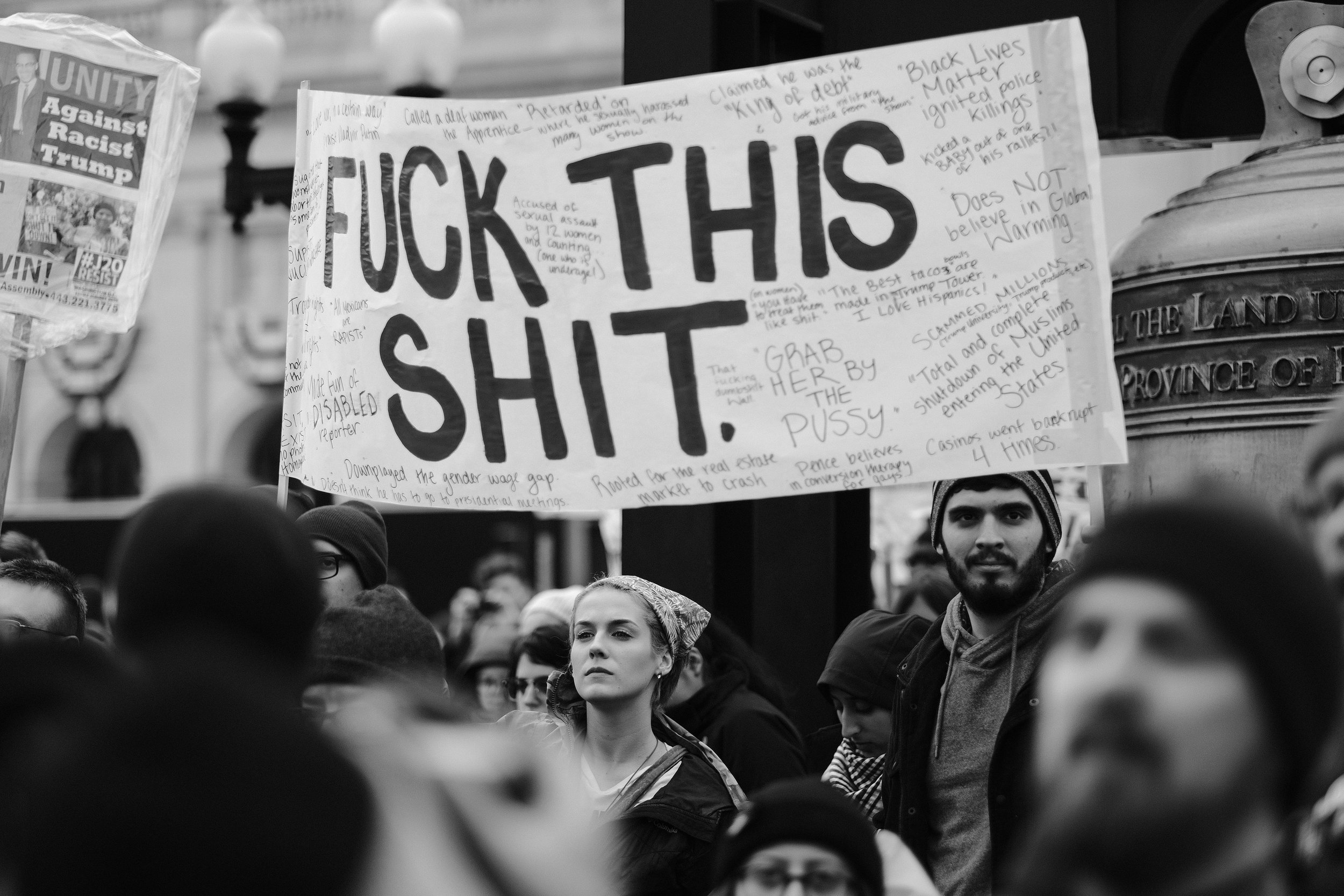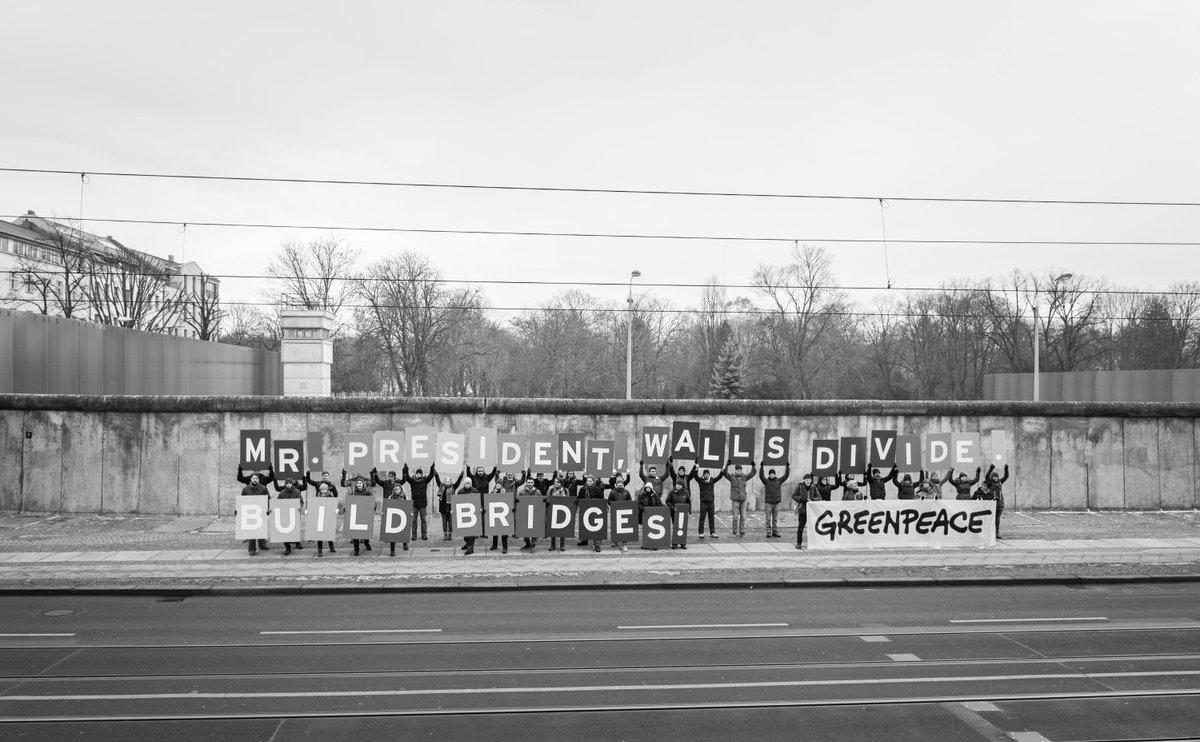A MEXICAN MYTH

Racist myth of the violent Mexican: its origins
After Donald Trump came into power, he promised to build the Mexican Wall. He also initiated anti-immigrant policies against Mexicans. He justified these policies by claiming that Mexicans pose a threat to the U.S.
The newly appointed chief executive, under Trump, also expressed similar views. He stated that Mexico is a country that can only cause problems for the U.S. He explained his views by giving examples of crime victims who were harmed by illegal immigrants.
Trump and the Republican Party are using the trope of the ‘bad’ and ‘violent’ Mexican to further their political agenda. The irony of the situation is that this reputation is something that the U.S. has created and perpetuated. How were Mexicans stereotyped as violent? Read ahead to find out.
The mid 20th century
Mexico gained its negative reputation—at least in the U.S.—during the mid-20th century. After the Mexican revolution, a new political class emerged and changed the way of politics in Mexico City. Because of the civil war that faced the country, the new political class brought with them bodyguards and gunmen called pistoleros.
1930’s
The outlook of pistoleros resembled that of the Hollywood gangster—broad hats, brutal methods and smooth suits. These pistoleros worked as thugs for their bosses and engaged in illegal activities of their own—protecting small-scale drug traders and exploiting prostitutes.
In 1936, a deputy, Manlio Fabio Altamirano, was shot in a cafe in Mexico City. His wife, who witnessed the scene, described the shooter to be a pistolero.
1940’s
In 1948, news about “political gangsterism”, near President Miguel Aleman’s inner circle, spread to Washington. Even though Mexican citizens demanded that the pistoleros, who started this activity, be punished, there was no point. By this time, the U.S. media had already portrayed Mexico as a country of illegality and violence, which then shaped people’s perception of Mexico.
1950’s
The misperception was further reinforced when thrill-seeking U.S. tourist, Burrough, made a visit to Mexico. Burrough’s killed his wife in the 1950’s but was able to avoid punishment because of a lawyer who had a reputation as a pistolero.
The U.S. Cinema and novels further went on to perpetuate the myth of the ‘’violent Mexican”. Movies, in the crime genre, romanticized an unruly Mexico in movies like Touch of Evil by Orson Well (1958).
However, Mexico, in reality, is very different from the narrative created by Hollywood. Research has shown that crime rates have decreased in Mexico over time. Only recently have the crime rates increased because of drug trading. However, it is essential to understand that the majority of the buyers of drugs are from American neighborhoods. Further, even though some Mexican traders (example Joaquin “El Chapo” Guzman) took advantage of the drug market in the U.S., most of the citizens were against the industry. All of this was made obscure in the news media, and the crime of a few Mexicans was used to paint a picture of all Mexicans.
Overgeneralization and myths can alter reality. Trump’s misuse of such myths as justification for the Mexican wall is only enhancing and reinforcing the myth further.








